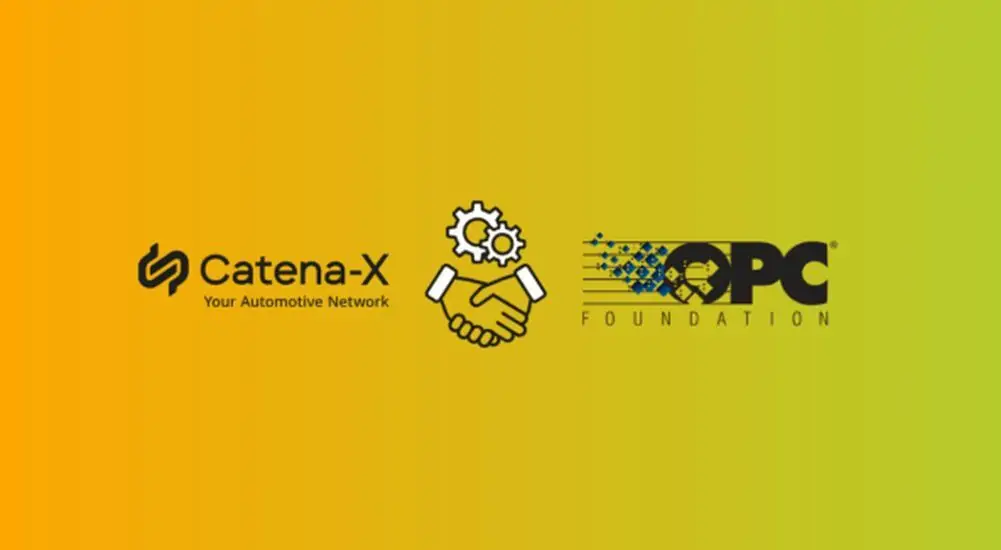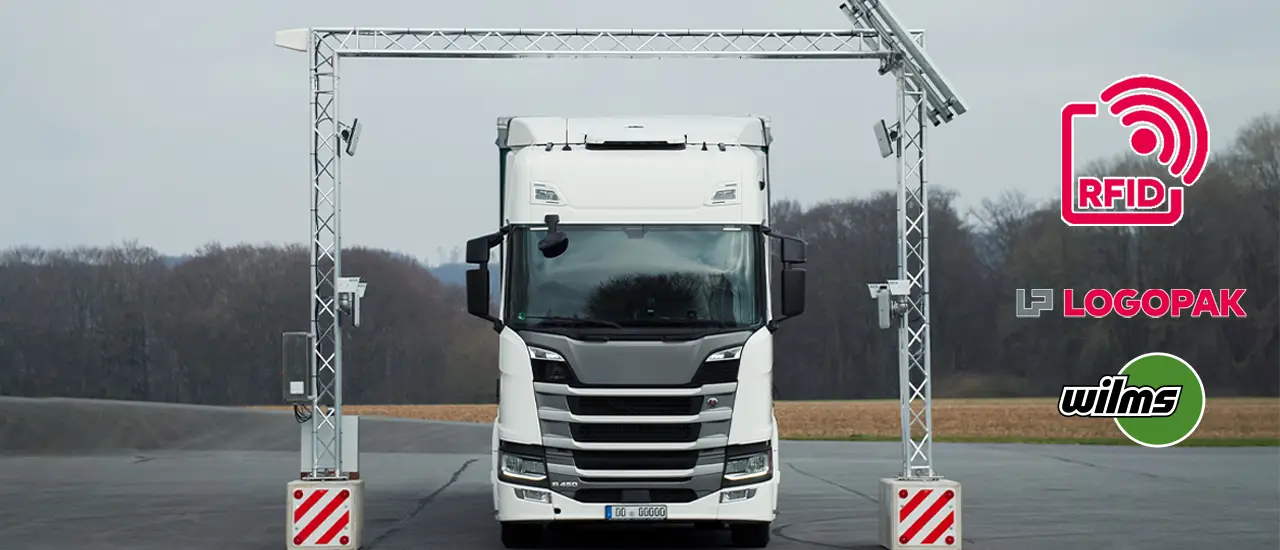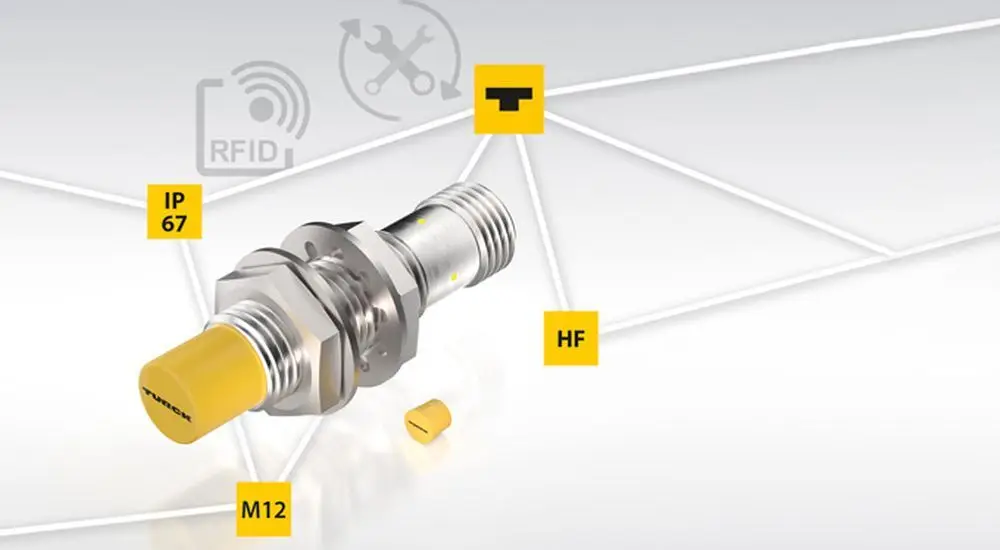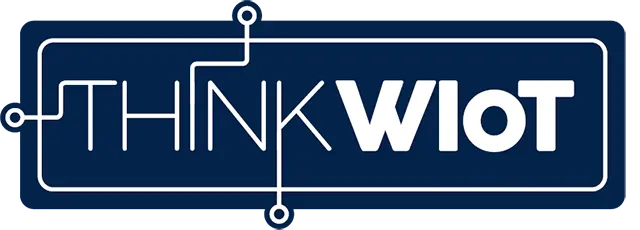When Energy Harvesting Is a Must: LoRaWAN in Ultra-Early Wildfire Detection

By Dániel Hollós, Pedro Silva, Carsten Brinkschulte – Dryad Networks
Early Forest Fire Detection with LoRaWAN
LoRaWAN is widely recognized for its ultra-low power communication design, particularly in Class A mode. Yet many IoT devices in real deployments must power energy-intensive peripherals—ranging from metal-oxide gas sensors to particulate matter detectors and even actuators. These components consume significantly more energy than the wireless transmission itself.
The challenge grows when introducing advanced features such as Firmware Update Over the Air (FUOTA). FUOTA requires prolonged active radio use, especially in Class C mode, which is far more power-hungry than Class A. On traditional battery-powered devices, such operations must be rare and tightly managed.
Energy harvesting changes this paradigm. It enables IoT devices to run powerful sensors and advanced network functions sustainably, without compromising operational lifetime.
Solar-Powered Sensors for Wildfire Detection
A real-world showcase is provided by Dryad Networks, whose mission is to deliver ultra-early wildfire detection. The company deploys a solar-powered LoRaWAN sensor and gateway network, capable of running autonomously for more than 10 years.
The Challenge: Fire-detection sensors consume up to 100 times more energy than sending a LoRaWAN message. Relying on fixed or replaceable batteries would make the devices impractical, heavy, expensive, or environmentally unsuitable. Flammable Li-ion batteries, in particular, are not an option for forest environments.
The Solution: By integrating solar energy harvesting, Dryad ensures reliable operation in remote areas, without the need for battery replacement or human intervention.
The Impact: Thousands of devices can continuously sense environmental changes, send alerts in real time, and receive firmware updates over the air, completely maintenance-free.
Why Energy Harvesting Matters
In many IoT scenarios, wireless communication is not the main energy challenge, sensors and advanced features are. Without energy harvesting, designers face difficult trade-offs between device lifetime, functionality, and cost.
Energy harvesting provides a renewable and scalable power source, enabling:
Expanded Energy Budgets: More frequent sensing cycles and continuous operation of high-power sensors.
Advanced LoRaWAN Features: Feasible use of Class C receive windows, robust SF12 data rates, and repeated FUOTA updates without draining batteries.
Environmental Sustainability: Reduced dependence on large, chemically aggressive batteries. Instead, supercapacitors and LiCaps can be used, which offer longer cycle life and are safer for sensitive environments.
Decoupled Device Lifetime from Battery Size: Devices no longer depend on their initial battery capacity; with consistent input, they can operate indefinitely.
Scalability at Scale: Enables deployments with thousands of nodes in inaccessible environments, each running autonomously for years.
In essence, energy harvesting transforms IoT from short-term, battery-limited systems into long-term, self-sustaining infrastructures, a prerequisite for scaling applications such as wildfire detection across entire regions.
Challenges and Design Considerations
Despite its advantages, energy harvesting introduces new complexities. Energy input is variable: solar irradiance depends on weather, seasons, and location. Devices must therefore adapt intelligently by scaling operations according to available energy.
Storage and Survival: Systems require resilient energy storage—supercapacitors or LiCaps—to buffer low-input periods.
Adaptive Duty Cycling: Devices must dynamically reduce operations under poor conditions and maximize performance when energy is abundant.
Predictive Energy Management: Algorithms must anticipate future availability, ensuring system reliability even during prolonged cloud cover or seasonal lows.
Thanks to progress in ultra-low-power processors, intelligent power management, and dynamic duty cycling, these challenges are increasingly solvable. IoT devices can now operate resiliently and autonomously, even under variable conditions.
Conclusion
Energy harvesting is rapidly becoming a cornerstone of IoT system design. Paired with the efficiency of LoRaWAN, it enables sustainable, long-term deployments where traditional battery-powered devices would fail.
The example of Dryad Networks shows how this approach enables:
Ultra-early wildfire detection with solar-powered sensors
Autonomy for over a decade without maintenance
Scalable deployments across entire forests
Environmentally safer energy storage solutions
For IoT in remote, infrastructure-poor, or environmentally sensitive environments, energy harvesting is not optional, it is a must-have enabler for resilience, sustainability, and scale.
About the Authors
Dániel Hollós, Pedro Silva, and Carsten Brinkschulte are working for Dryad Networks. Dryad develops ultra-early wildfire detection solutions as well as health and growth monitoring technologies for public and private forests.









